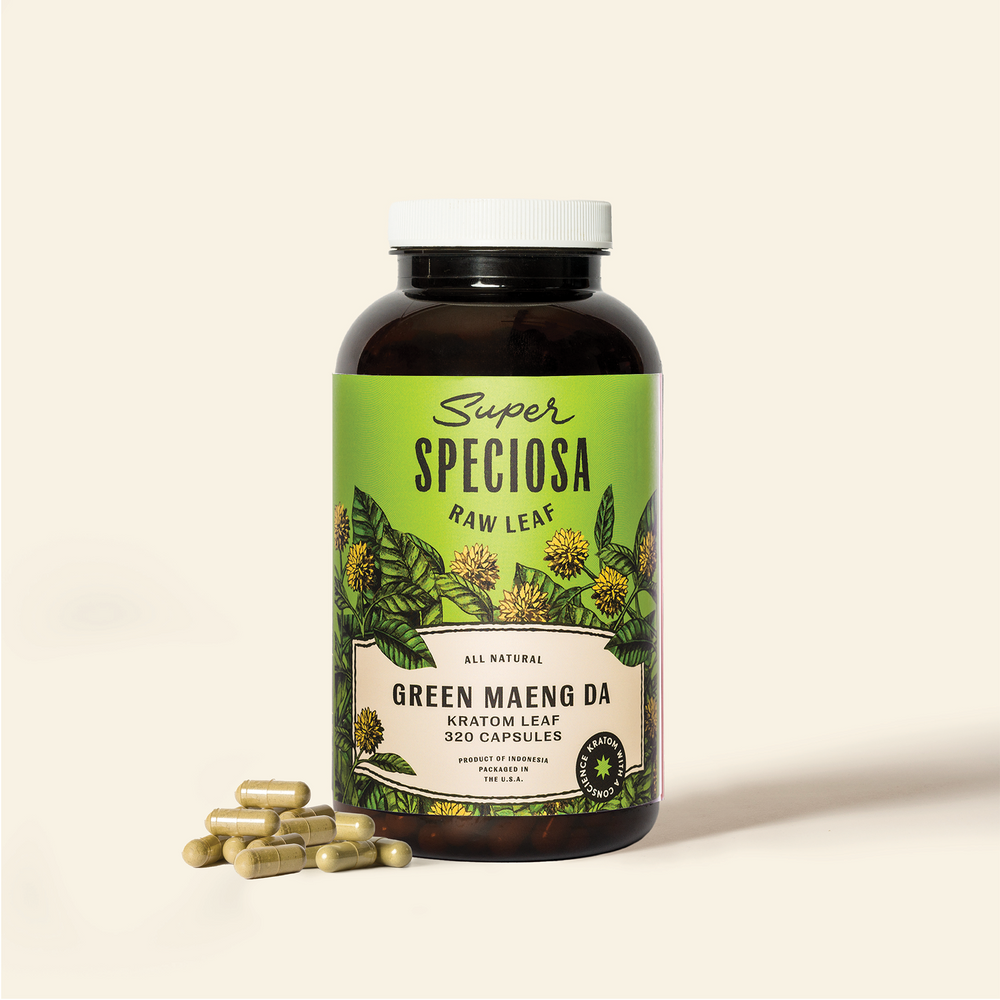American Kratom Association Presents at United Nations Conference
AMERICAN KRATOM ASSOCIATION PRESENTS AT UNITED NATIONS CONFERENCE

Discussions around kratom, its users, and how the supplement should be treated by governments of all sizes have seemingly become rinse and repeat.
Despite advocates' best efforts, the legality of kratom seems to ping pong back-and-forth between some opting for reasonable restrictions and a safe, regulated market and others who prefer the path toward prohibition.
Now advocates are hoping a boost of encouraging energy on an international scale can start steering the ship in a consistent direction.
As part of the 66th Session of the United Nations Commission on Narcotic Drugs Conference, kratom researchers and advocates put forward a presentation sponsored by the American Kratom Association, where recent research was presented to paint a picture of where the kratom is at, and what needs to happen to take the next steps toward a safe, regulated industry.
The presentation featured familiar faces in kratom discussions, as two of the participants have also popped up in front of various governmental bodies in the United States to discuss the legality of kratom in American markets.
Dr. Marilyn Huestis, a former Chief of Chemistry and Drug Metabolism at the National Institute on Drug Abuse, was the first expert featured in the AKA’s presentation. Huestis presented in-depth data that discussed how kratom affects the body from a physiological perspective. Despite assertions from kratom skeptics, Huestis presented information that shows that kratom does not mirror opioids in certain risk factors, and laid the scientific foundation for kratom’s independent risk profile from that of classic opioids.
That information went hand-in-hand with Dr. Jack Henningfield, another advocate who has appeared in public comment hearings, and presented on kratom’s risk potential. Henningfield, who is a professor at Johns Hopkins University, said new science supports previous conclusions about kratom’s low-risk profile, and that the science also “helps understand neuropharmacological differences between kratom, its alkaloids, and classic drugs of abuse.”
Next, Dr. Christopher McCurdy, Director of the Translational Drug Development Core at the University of Florida presented a wide-ranging collection of available research and spoke about the potential for future medical investigations into kratom, an herb that currently has no accepted medical use in the United States.
The research presented by McCurdy has not been evaluated by the FDA, and thus cannot be used to encourage kratom use for medicinal purposes. However, McCurdy said he could “probably have spent a whole day” explaining what he’s learned from these studies, and encouraged others to push for more understanding of how kratom affects the human body.
According to McCurdy, both the type of studies being done as well as the lack of access to pure, unadulterated kratom have limited the scientific community’s understanding of what kratom is, beyond simply an herb that some people consume for non-medical purposes.
“We need to do a lot more work because most of the work that is out there is in acute settings,” McCurdy said. “Even in the human studies that have been done, I wouldn’t consider these to be chronic dosage studies.”
Another presenter, Dr. Kirsten Smith, spoke about available research into the profile of kratom users and their consumption habits. Smith, who will be transitioning to a position at Johns Hopkins this fall (from a Postdoctoral Fellow role with the National Institute on Drug Abuse), presented unpublished data as part of her presentation on kratom’s user profile.
The data addressed queries ranging from “Who is the typical kratom user?” to examining when consumers take kratom throughout the day. Although the presentation relied on a variety of data and studies, kratom research is still in the early stages in the eyes of the Food and Drug Administration, meaning it is not able to be marketed for any sort of medicinal or therapeutic purpose in the United States. As it stands, kratom has no approved medical or treatment uses domestically.
According to the data, the most common answer for why consumers take kratom was for matters pertaining to quality of life, energy, and recreation. Advocates have often referred to kratom as “similar to a cup of coffee” as far as how it fits into a routine, and the numbers presented to the UN back that stance.
“What we see here is that when participants assessed kratom effects, and how they fit in with their daily lifestyle at the end of each day, on the whole, people are reporting that kratom effects are compatible with, if not help with meeting their daily roles and obligations,” said Smith.
Smith’s studies even touched on a driving simulator test to judge how kratom affects users in all manners of daily life. In a variety of ways, Smith’s research presented a surprisingly comprehensive glimpse into the future of the kratom debate should society choose to embrace and regulate the herb, rather than opt for prohibition.
“We do need a lot more research, particularly human laboratory studies, to study the effects of kratom products, as well as kratom alkaloids and alkaloid combinations,” Smith said.





